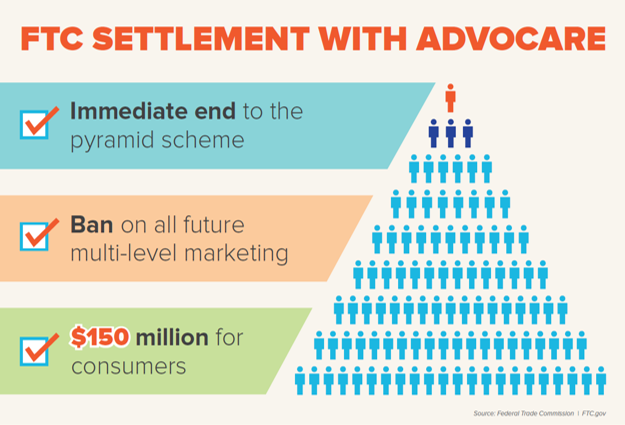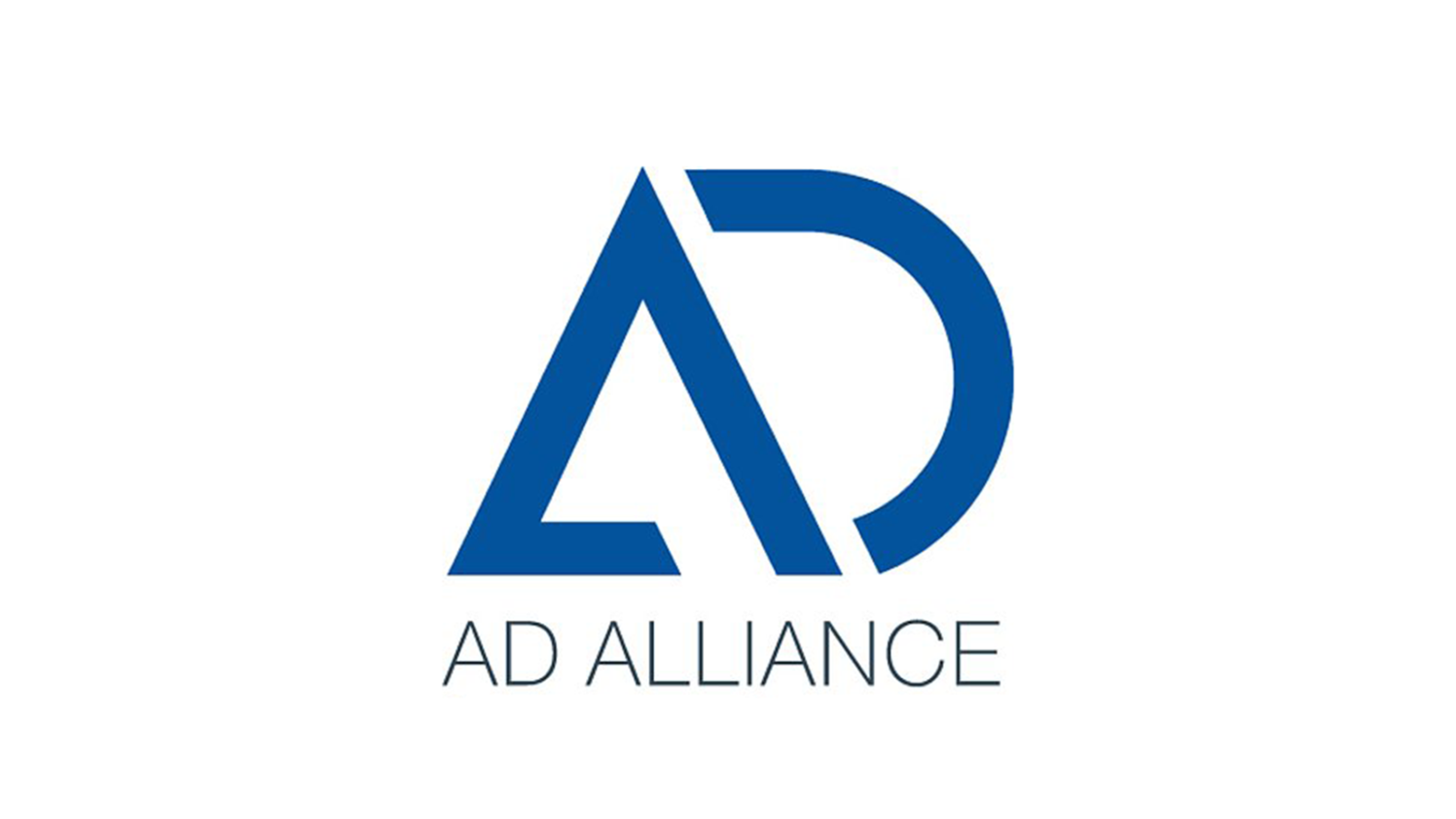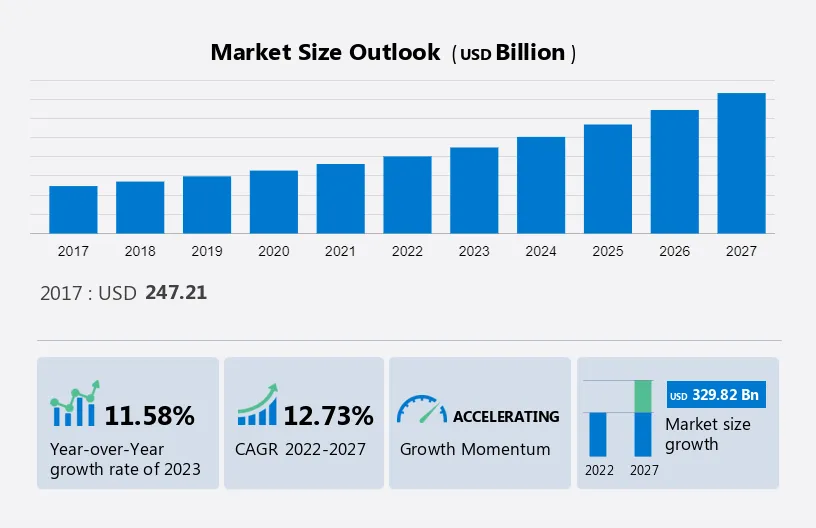In the competitive landscape of e-commerce, reaching and engaging the right audience is paramount. While Amazon’s sheer size offers unparalleled reach, navigating its complex advertising ecosystem can be daunting. Amazon Marketing Services (AMS) emerges as a powerful tool for businesses seeking to harness this potential, offering a suite of solutions designed to drive sales and brand visibility.
Toc
Understanding Amazon Marketing Services (AMS)

Amazon Marketing Services (AMS) is a robust advertising platform tailored for businesses aiming to enhance their visibility and sales on Amazon. With its array of advertising solutions, AMS empowers sellers to connect effectively with their target audience, ultimately driving significant growth in their e-commerce endeavors.
The primary purpose of AMS is to streamline advertising efforts for Amazon sellers, providing tools that cater to various marketing needs. Whether you’re a small business or an established brand, AMS offers the flexibility to tailor campaigns according to your specific objectives.
Benefits of Using AMS
The main benefits of using AMS include increased product visibility, enhanced brand awareness, and improved sales performance. For instance, a study by [Source] found that sellers using AMS saw a 30% increase in product views and a 25% increase in sales compared to those not using the platform. This increased visibility can lead to higher organic rankings on Amazon, further boosting sales.
AMS features four main advertising solutions:
Sponsored Products: These ads allow sellers to promote individual products in search results and on product detail pages, making them highly visible to potential buyers.
Sponsored Brands: Formerly known as Headline Search Ads, these ads enable sellers to showcase their brand logo and multiple products at the top of search results.
Product Display Ads: These ads target customers based on their browsing behavior, displaying relevant products on various pages within the Amazon ecosystem.
Amazon DSP: The Demand-Side Platform offers programmatic advertising capabilities, allowing for advanced targeting both on and off Amazon. This solution is ideal for large brands and agencies looking to reach a wider customer base.
Each of these solutions offers unique features to cater to different advertising objectives, such as increasing sales, driving brand awareness, or promoting new products.
Best Practices for Using AMS
To make the most out of Amazon Marketing Services, it’s essential to follow some best practices:
Define your goals: Before starting any campaign, have a clear understanding of your objectives and target audience. This will help you choose the right advertising solution and optimize your campaigns accordingly.
Use relevant keywords: Keywords play a crucial role in AMS campaigns. Conduct thorough keyword research and use highly relevant keywords in your ads to improve their visibility and reach.
Optimize your budget: AMS allows for budget optimization, giving you the flexibility to adjust spending based on performance. Monitor your campaigns regularly and allocate more budget towards top-performing ads.
Leverage data: Amazon provides detailed analytics for AMS campaigns, allowing sellers to track their performance and make data-driven decisions. Use this information to refine your targeting and improve overall campaign effectiveness.
Types of Amazon Marketing Services Ads

AMS offers a variety of ad formats to cater to different marketing objectives and budgets. These include:
Sponsored Products Ads
Sponsored Products Ads are the most widely used format in AMS. They function by allowing sellers to bid on keywords, ensuring their products appear prominently in search results and on product detail pages. These ads are designed to drive immediate sales by increasing product visibility.
Imagine a customer searching for “wireless headphones.” Sponsored Products Ads, strategically placed at the top of search results, showcase relevant products to this interested shopper, increasing the likelihood of a purchase.
1. https://redcar.com.vn/archive/1799/
2. https://redcar.com.vn/archive/1802/
3. https://redcar.com.vn/archive/1803/
Sponsored Brands Ads
Sponsored Brands Ads give sellers prime advertising real estate at the top of search results. Featuring your brand logo, a custom headline, and multiple product listings, these ads capture the attention of shoppers looking for products in your category.
For example, a seller of eco-friendly cleaning products can showcase their entire range with a Sponsored Brands ad, highlighting the brand’s commitment to sustainability while enticing customers to explore their offerings.
Product Display Ads
Product Display Ads are tailored to target customers based on their interests and shopping behavior. By displaying ads on relevant product pages or customer review sections, sellers can effectively cross-sell and upsell their products.
For instance, a seller of running shoes might use Product Display Ads to target customers viewing related athletic gear, increasing the chances of conversion through strategic placements.
Amazon DSP
The Amazon Demand-Side Platform (DSP) allows sellers to engage in programmatic advertising, targeting specific audience segments with precision. This advanced tool enables businesses to create highly customized campaigns that drive brand awareness and product discovery.
For example, a seller could target potential customers who have recently browsed similar products but haven’t made a purchase, crafting tailored ads that entice them back to the product page.
Amazon Store Ads
Amazon Store Ads: Launched in 2021, Amazon Store Ads are a new ad format that allows sellers to showcase their entire Amazon Store, not just individual products. These ads appear on product detail pages, category pages, and search results, providing a more comprehensive brand experience for shoppers.
Impact: Amazon Store Ads provide a valuable opportunity for sellers to promote their brand story, build trust, and drive traffic to their Amazon Storefront. They are particularly effective for brands with a wide range of products or a strong brand identity.
Targeting: These ads can be targeted towards specific keywords, interests, or audience segments to reach the most relevant customers.
Creating Effective AMS Campaigns

To create an effective AMS campaign, it’s crucial to follow these steps:
Setting Campaign Goals
The first step in creating successful AMS campaigns is setting clear, measurable goals. These could range from boosting sales of a specific product to increasing overall brand awareness. By aligning your AMS objectives with your broader business goals, you can track progress and optimize your efforts effectively.
While setting clear goals is essential, some sellers argue that a more flexible approach can be beneficial, especially for new businesses or those testing new products. By experimenting with different ad formats and targeting options, they can gather data and refine their strategy over time, potentially leading to unexpected discoveries and higher ROI.
Targeting the Right Audience
AMS offers a variety of targeting options, enabling sellers to reach the most relevant customers. By leveraging keyword targeting, product categories, and audience segments, you can ensure your ads are seen by individuals likely to convert. AMS offers several targeting options, including:
Keywords: Target customers searching for specific terms related to your product.
Product Categories: Reach shoppers browsing within your product category.
Audience Segments: Leverage Amazon’s customer data to target specific demographics, interests, and past purchase behavior.
Customer Match: Upload your own customer lists to target specific individuals who have previously interacted with your brand.
Lookalike Audiences: Target customers similar to your existing high-value customers.
For example, a seller of baby products can target new parents by using relevant keywords and demographic filters, ensuring that their ads reach the right audience at the right time.
Budgeting and Bidding
AMS operates on a pay-per-click (PPC) model, meaning sellers pay only when someone clicks their ad. It’s vital to manage your budget and bidding strategies carefully. Experimenting with different bidding approaches—such as cost-per-click (CPC) or cost-per-thousand impressions (CPM)—can help you find the optimal balance between ad spend and campaign performance.
1. https://redcar.com.vn/archive/1804/
2. https://redcar.com.vn/archive/1803/
3. https://redcar.com.vn/archive/1800/
Creating Compelling Ad Copy
Writing effective ad copy is crucial for capturing the attention of potential customers. Focus on highlighting your product’s unique value proposition and use clear, engaging language that resonates with your audience.
Consider a seller promoting a new organic skincare line. Their ad copy should emphasize the product’s natural ingredients, benefits, and any unique selling points, enticing customers to click through and learn more.
Optimizing and Managing AMS Campaigns

Tracking and Analyzing Performance Metrics
Monitoring key performance metrics is essential for optimizing your AMS campaigns. Important metrics to track include clicks, impressions, click-through rate (CTR), conversion rate, and return on ad spend (ROAS). By leveraging AMS’s robust reporting tools, you can gain insights into your campaigns’ effectiveness and make data-driven decisions.
Amazon is constantly refining its attribution model, making it crucial to track performance metrics and adjust campaigns accordingly. The latest changes in 2022 have focused on improving the accuracy of conversion tracking across various marketing channels. Sellers need to understand how these changes impact their campaigns and adapt their strategies to ensure accurate measurement and optimization.
A/B Testing and Experimentation
A/B testing is a powerful method for optimizing your AMS campaigns. By testing different ad copies, targeting options, and bidding strategies, you can determine which elements drive the best results.
For instance, if you’re unsure whether a catchy tagline or a straightforward product description resonates more with your audience, run two versions of your ad simultaneously and analyze the performance.
Keyword Research and Optimization
Ongoing keyword research is vital for ensuring your campaigns remain relevant. Utilize keyword research tools to identify high-volume and low-competition keywords that align with your product offerings.
While keyword research is crucial, some sellers advocate for a broader approach, focusing on building brand awareness through generic keywords and targeting relevant audiences. This strategy can be particularly effective for brands with a strong brand identity or those seeking to reach a wider audience, even if it might not lead to immediate conversions.
Continuously optimize your keyword lists based on performance data and evolving customer search patterns, ensuring that your ads reach the right audience effectively.
Budget Allocation and Campaign Management
Effectively allocating your advertising budget across different ad formats and campaigns is key to maximizing your AMS investment. Regularly review performance data and make adjustments as necessary to ensure that your budget is being used efficiently.
For example, if Sponsored Products Ads are performing significantly better than Product Display Ads, consider reallocating more of your budget to maximize returns.
Frequently Asked Questions (FAQ)

What are the different pricing models for AMS ads?
AMS ads primarily operate on a pay-per-click (PPC) model, where you pay for each click on your ad. Other models include cost-per-thousand impressions (CPM) and cost-per-acquisition (CPA), depending on your campaign goals.
How can I track the ROI of my AMS campaigns?
To track the ROI of your AMS campaigns, calculate your return on ad spend (ROAS) by comparing your advertising costs to the revenue generated from those ads. Key metrics to consider include conversion rates and overall sales attributed to your campaigns.
What are some common mistakes to avoid when using AMS?
Common pitfalls include setting unrealistic goals, neglecting keyword research, failing to monitor performance metrics, and not optimizing campaigns regularly. Avoiding these mistakes will help you achieve better results with AMS.
What resources are available for learning more about AMS?
To deepen your understanding of AMS, consider exploring Amazon’s Seller Central, engaging in online forums, and reading marketing blogs that focus on Amazon advertising strategies.
How can I get help with managing my AMS campaigns?
If you need specialized support, consider hiring an Amazon marketing agency or consultant. These professionals can provide tailored strategies, in-depth expertise, and hands-on campaign management to help you succeed.
Conclusion
Amazon Marketing Services (AMS) is a powerful tool for Amazon sellers looking to increase visibility, drive sales, and grow their business. By understanding the different ad formats, targeting options, and best practices for managing campaigns, sellers can effectively leverage AMS to achieve their marketing objectives. By continuously tracking performance metrics, optimizing campaigns, and staying informed about the latest AMS features, sellers can maximize their ROI and achieve sustainable growth on the Amazon marketplace. To take your Amazon marketing to the next level, consider exploring the advanced features and resources available within AMS.










